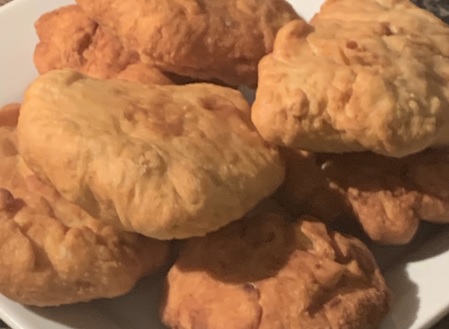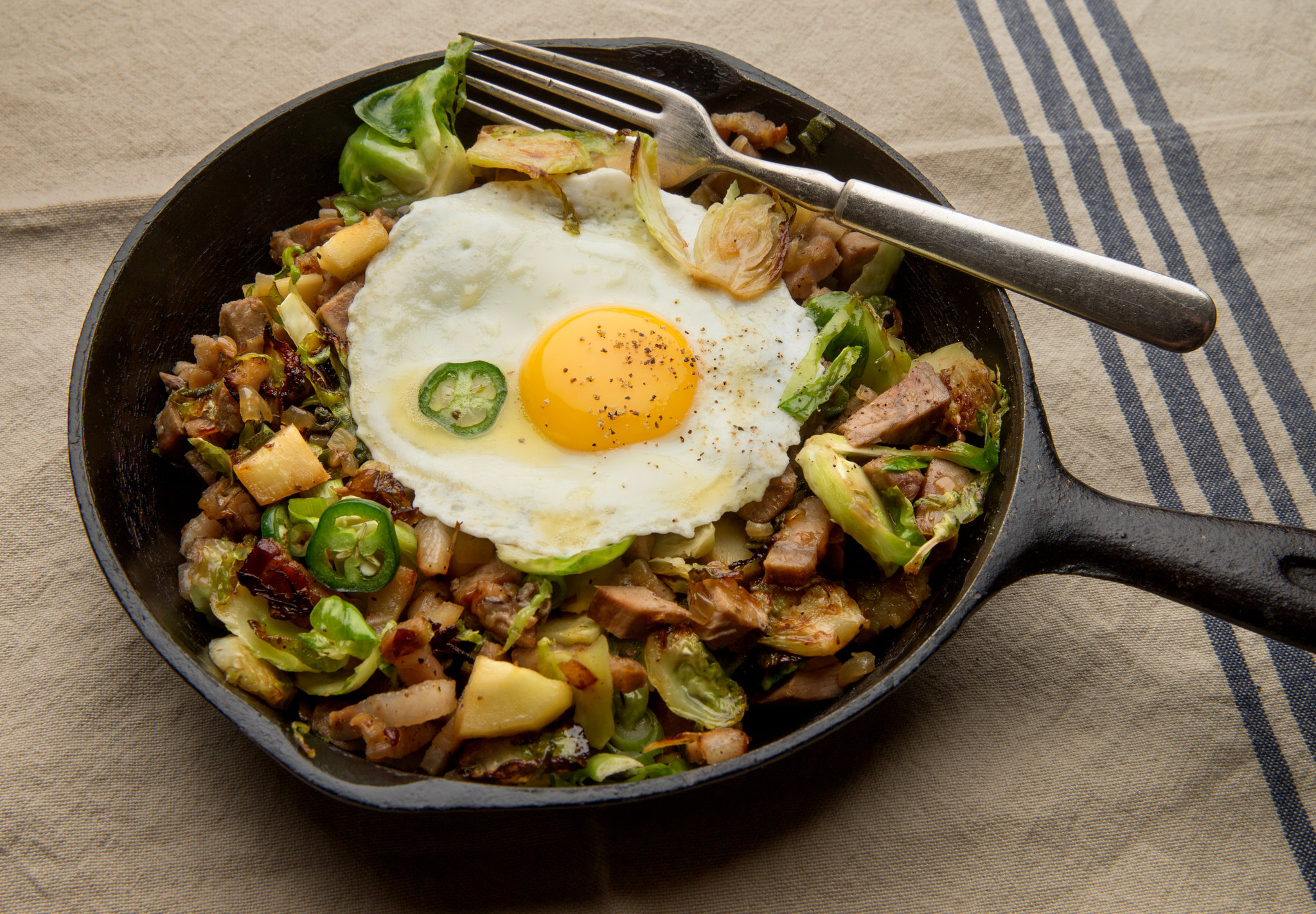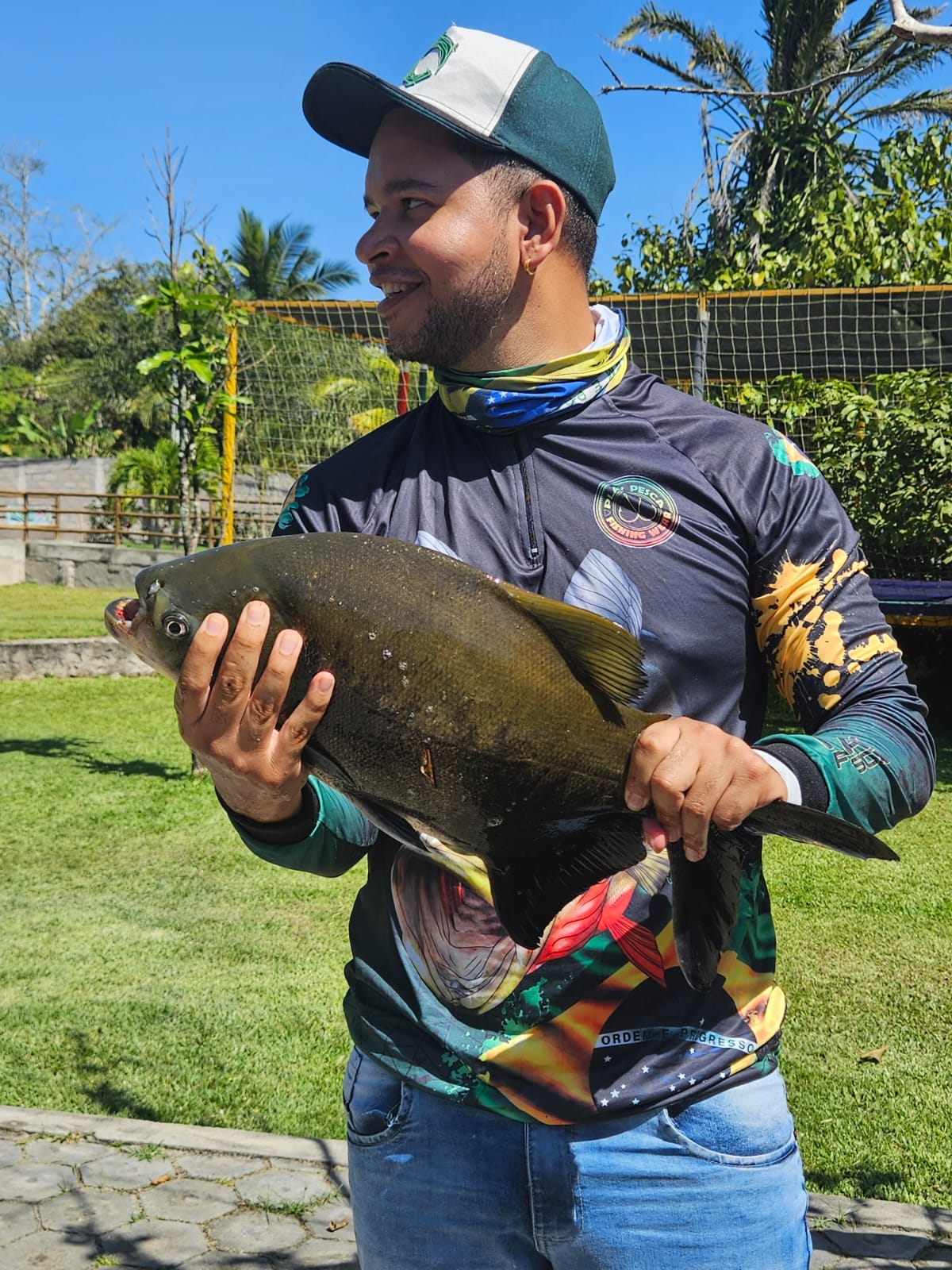The origins of the fried bread recipe as we have come to know it is most closely associated with the indigenous Native American cultures and the very dark historical period that saw government rationing of pantry staples including flour, sugar and fat or lard – making fried bread something of a political statement. While many use fried bread and bannock interchangeably – while both share similar ingredients similar to a scone – there are subtle differences – although both are often served at Pow Wows – traditional Native American celebrations.
With few ingredients and a short cook time, the fried bread recipe is a quick make that pairs well with deep hearty stews or as a quick "grab and go" that works with cheese, meats or jams. Fried bread can be – and often is – deep fried in a deep fryer or pot. Alternatively, fried bread can be shallowed fried in a cast iron frying pan with much the same results as – like pancakes – once one side is done, the dough or bread is flip and cooked for a shorter period on the other side.
As with many recipes, alternate methods and ingredients have been adapted and repurposed over the decades – such as the choice of using a leavening agent such as yeast – and breads and doughs cross borders, generations and countries dating back to ancient times borrowing from a basic flatbread recipe comprised of little more than flour and water. And while there is always room for argument it bears noting that every recipe starts as an idea – functionally a food science experiment – with the hopeful outcome of a pleasant, filling and fulfilling taste.
The addition of powdered sugar mixed with cinnamon results in a classic Canadian confection known as a Beaver Tail – a name referring to the shape of the final fried bread recipe – not the taste as real beaver tails are very fatty and understandably leathery and while the fat of a beaver tail can be rendered down and used for cooking, the beaver tail itself is pretty much unpalatable. Jus' sayin'.


 Cook:
Cook: 


